Home>Furniture>Outdoor Furniture>How To Prevent Spiders On Patio Furniture
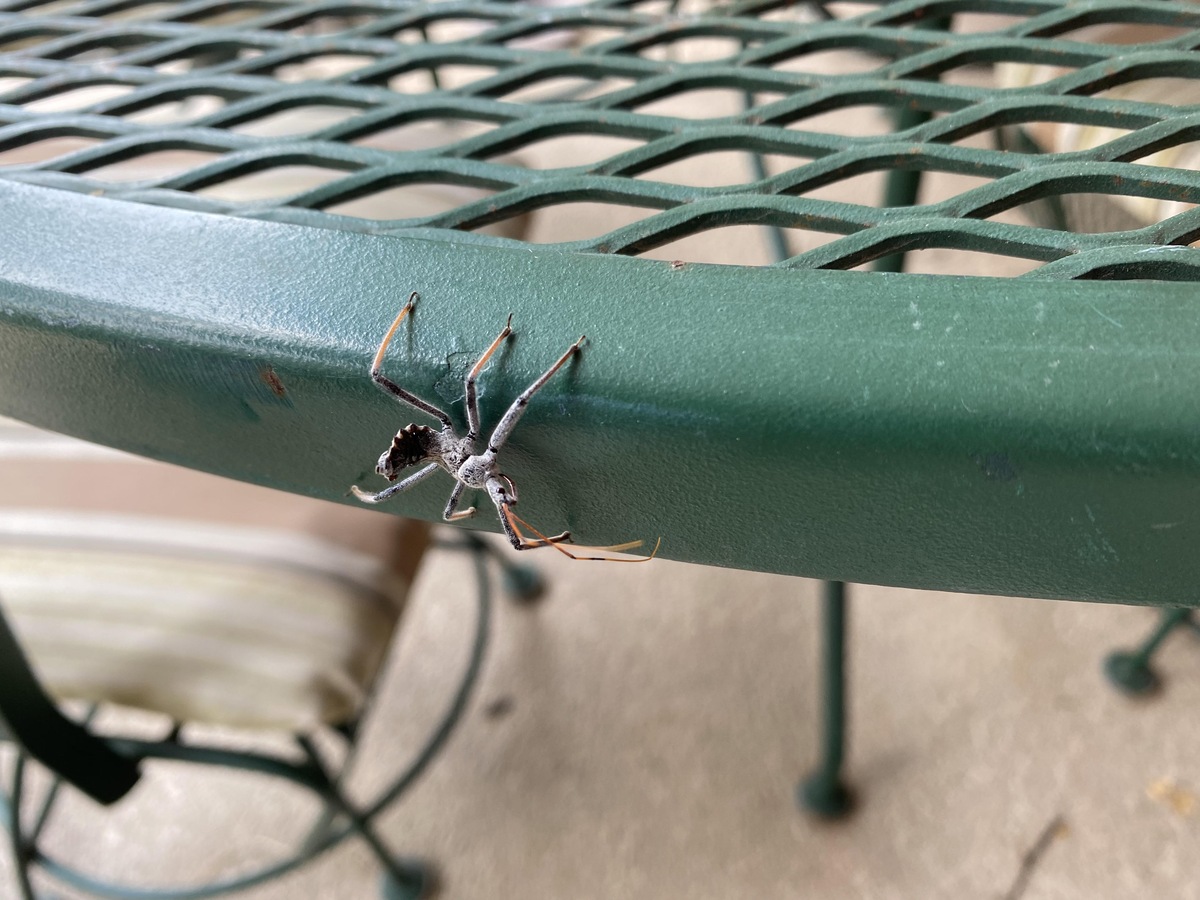

Outdoor Furniture
How To Prevent Spiders On Patio Furniture
Modified: March 25, 2024
Learn effective ways to prevent spiders from infesting your outdoor furniture. Protect your patio furniture and enjoy a spider-free outdoor experience.
(Many of the links in this article redirect to a specific reviewed product. Your purchase of these products through affiliate links helps to generate commission for Storables.com, at no extra cost. Learn more)
Introduction
Welcome to the ultimate guide on how to prevent spiders on patio furniture. If you enjoy spending time outdoors, especially on your patio, you may have encountered the common problem of finding spiders on your furniture. While spiders are beneficial creatures that help control insect populations, their presence can often be unsettling for many people.
In this comprehensive article, we will delve into the world of spiders on patio furniture, explore the reasons behind their attraction to outdoor spaces, and provide you with effective tips and strategies to keep these unwanted visitors at bay. Whether you have a fear of spiders or simply want to create a more comfortable environment for yourself and your guests, the information shared here will empower you to take the necessary steps to prevent spiders from making your patio furniture their home.
Understanding the reasons behind the presence of spiders on patio furniture is crucial to developing effective prevention strategies. By gaining insights into their behavior, preferences, and habits, we can implement measures to deter them and maintain a spider-free outdoor space.
So let’s dive in and explore the fascinating world of spiders on patio furniture, and discover how you can enjoy the outdoors without the unwelcome eight-legged guests.
Key Takeaways:
- Keep spiders off your patio furniture by cleaning regularly, sealing cracks, and using natural repellents like peppermint oil and citrus peels. Enjoy a spider-free outdoor space with simple, eco-friendly prevention methods.
- If spiders persist, consider professional pest control for tailored treatment plans and long-term prevention strategies. Enjoy your patio furniture without the unwelcome eight-legged guests by taking proactive measures.
Read more: How To Keep Spiders Off Patio Furniture
Understanding Spiders on Patio Furniture
Spiders are a common sight in outdoor spaces, including patio furniture. They are attracted to areas with suitable hiding spots, ample food sources, and favorable environmental conditions. Understanding the behavior and characteristics of spiders can help us better understand why they gravitate towards our patio furniture.
One key aspect to consider is that spiders are arachnids and not insects. They are predators that feed on other insects, such as flies, mosquitoes, and ants. Therefore, when spiders find a cozy spot on our patio furniture, they are likely in search of their next meal.
Furthermore, spiders are naturally inclined to seek shelter in dark, undisturbed areas. Patio furniture, with its crevices, cushions, and other hiding spots, provides them with the ideal environment to build their webs and establish their homes.
There are several common spider species that you may frequently encounter on your patio furniture. These include the orb-weavers, which spin large, intricate webs, and the cobweb spiders, which create tangled webs in corners and crevices. It is important to note that most spiders found on patio furniture are harmless and pose no direct threat to humans.
However, despite their beneficial role in controlling insect populations, many people are uncomfortable with the presence of spiders. The feeling of ending up with a spider on your arm or seeing a web across your favorite chair can be unnerving.
To create a more enjoyable outdoor experience, it is essential to implement preventive measures to deter spiders from infesting your patio furniture. In the following sections, we will discuss the specific reasons that attract spiders to outdoor spaces and provide you with practical tips to keep them at bay.
Identifying Common Spider Species
When it comes to dealing with spiders on patio furniture, it can be helpful to familiarize yourself with the common spider species you may encounter. By understanding their characteristics and behavior, you can better tailor your prevention and control methods.
Here are some of the most common spider species you may come across:
- Orb-Weavers: These are the classic web-building spiders that create intricate, circular webs. They are usually found on patio furniture with built-in structures, such as table umbrellas or pergolas. Orb-weavers are typically harmless and helpful in controlling other insect populations.
- Cobweb Spiders: Cobweb spiders are known for their messy, tangled webs. They often inhabit corners, crevices, and undisturbed areas on patio furniture. These spiders are not aggressive and are generally harmless, but their webs can feel unsightly and create a nuisance.
- Jumping Spiders: These spiders are known for their impressive leaping abilities. They are often found on patio furniture that provides them with vertical surfaces to climb and jump from. Jumping spiders are harmless and intriguing to observe with their unique hunting techniques.
- Wolf Spiders: Wolf spiders are typically larger and faster-moving spiders. They do not create webs but instead actively hunt for their prey. These spiders may take refuge under patio furniture or in the surrounding area. While they are not aggressive, their presence can be intimidating to some people.
- Cellar Spiders: Also known as “daddy longlegs,” cellar spiders are often found in damp or dark areas, such as basements or covered patios. They have long, thin legs and create messy cobwebs. Cellar spiders are harmless and can actually help control other pest populations.
It is important to note that the vast majority of spiders you encounter on your patio furniture are harmless and play a beneficial role in nature. However, if you have concerns about specific spider species or if anyone in your household has allergies or sensitivities to spider bites, it is always best to consult with a pest control professional for proper identification and advice.
Now that you have a better understanding of common spider species, let’s dive into the reasons spiders are attracted to patio furniture and explore effective prevention strategies.
Reasons Spiders are Attracted to Patio Furniture
Spiders are naturally drawn to patio furniture due to a combination of factors. Understanding these reasons can help you develop effective strategies to deter them from making your outdoor furniture their home.
1. Shelter: Patio furniture often provides ample hiding spots and shelter for spiders. The gaps between chair slats, the undersides of tables, and the cushions or upholstery all provide cozy nooks and crannies where spiders can build their webs and establish their nests undisturbed.
2. Food Source: Spiders are predators and primarily feed on other insects. Outdoor spaces, including patios, are abundant with insects such as flies, mosquitoes, and ants, which are attracted to food and plants. When spiders detect an abundance of prey in the vicinity, they are more likely to take up residence on your patio furniture.
3. Protection from Predators: While spiders are skilled hunters, they also face threats from larger predators, such as birds or lizards. Patio furniture offers a safe haven for spiders, shielding them from potential threats and allowing them to thrive without the risk of being consumed by their own predators.
4. Comfortable Environment: Spiders prefer areas with suitable environmental conditions. They thrive in damp, shady, and undisturbed places, which are often present in outdoor spaces. The design of patio furniture, with its various materials and sheltered spaces, can create an ideal microclimate that appeals to spiders.
5. Previous Infestations: If you have previously had a spider infestation on your patio or in your outdoor living area, it is possible that residual scents or pheromones may attract spiders to revisit the area. It is essential to thoroughly clean and treat the furniture to prevent any lingering attractions for spiders.
To prevent spiders from infesting your patio furniture, implementing proactive measures is crucial. In the following sections, we will discuss practical tips and strategies to effectively keep spiders away from your outdoor living space.
By understanding the reasons spiders are attracted to patio furniture, you can take targeted actions to discourage their presence and create a more enjoyable outdoor environment for yourself and your guests.
Tips for Spider Prevention on Patio Furniture
To keep spiders from making your patio furniture their home, it is essential to implement effective prevention strategies. Here are some practical tips to deter spiders and create a spider-free outdoor space:
- Regular Cleaning: Regularly clean your patio furniture to remove dust, debris, and potential food sources that may attract spiders. Pay particular attention to crevices, cushions, and hidden areas where spiders may build their webs.
- Vacuuming: Use a vacuum cleaner with a hose attachment to remove spider webs, egg sacs, and spiders themselves from your patio furniture. This will help physically remove existing spiders and their nests, discouraging new spiders from taking up residence.
- Sealing Cracks and Crevices: Inspect your patio furniture for any cracks, gaps, or crevices where spiders could hide. Use caulk or sealant to seal these openings, preventing spiders from accessing these hiding spots.
- Remove Clutter: Keep your patio area free of clutter, such as piles of leaves, garden tools, or unused items. Spiders are more likely to inhabit areas with lots of hiding places, so keeping your outdoor space tidy can discourage their presence.
- Outdoor Lighting: Spiders are attracted to light, which, in turn, attracts insects. Consider switching to yellow or sodium vapor lights, as these are less attractive to insects and may reduce the likelihood of spiders being drawn to your outdoor living area.
- Plant Placement: Choose your plants carefully and strategically. Some plants, such as lavender, mint, and marigolds, have natural insect-repelling properties. By incorporating these plants near your patio furniture, you can create a natural barrier against spiders and their potential food sources.
- Essential Oils: Spiders dislike certain scents, such as peppermint, eucalyptus, and citrus. Mix a few drops of these essential oils with water and spray the solution around your patio furniture to deter spiders.
- Keep the Area Dry: Spiders are less likely to thrive in dry environments. Make sure your patio furniture is not exposed to excessive moisture or water accumulation, as this can create favorable conditions for spiders.
- Regular Maintenance: Inspect your patio furniture regularly for signs of spider activity, such as webs or egg sacs. Promptly remove any identified spiders or nests to prevent the infestation from spreading.
- Professional Pest Control: If you have a persistent spider problem despite your best efforts, consider seeking professional pest control services. They can provide targeted treatments and advice to effectively eliminate spiders from your outdoor living space.
By implementing these tips, you can significantly reduce the likelihood of spiders infesting your patio furniture. Remember to be consistent with your prevention efforts to maintain a spider-free outdoor environment throughout the year.
In the next sections, we will discuss cleaning and maintenance practices that can further help in preventing spiders on patio furniture, as well as natural spider repellents and professional pest control options.
To prevent spiders on patio furniture, regularly clean and dust the furniture to remove any webs or egg sacs. Also, consider using a natural spider repellent, such as citrus or peppermint essential oil, to deter spiders from making a home on your patio furniture.
Read more: How To Prevent Rust On Patio Furniture
Cleaning and Maintenance of Patio Furniture
A crucial aspect of spider prevention on patio furniture is regular cleaning and maintenance. By keeping your outdoor furniture clean and well-maintained, you can create an environment that is less inviting to spiders and other pests. Here are some tips for cleaning and maintaining your patio furniture:
- Remove Debris: Before cleaning, remove any leaves, twigs, or other debris from your patio furniture. Use a broom or a brush to sweep off any loose dirt or particles.
- Wash with Soap and Water: Use a gentle soap or mild detergent mixed with water to clean your patio furniture. Apply the solution using a sponge or soft cloth, and scrub gently to remove any built-up grime or stains.
- Rinse Thoroughly: After cleaning, thoroughly rinse your patio furniture with water to remove any soap residue. This step is essential, as leftover soap can attract insects, which in turn may attract spiders.
- Dry Completely: Allow your patio furniture to air dry completely before using or storing it. Ensure that all cushions, upholstery, and crevices are fully dry, as moisture can attract spiders.
- Check for Damage: Regularly inspect your patio furniture for any signs of damage, such as cracks, tears, or loose joints. Repair or replace damaged parts as needed to minimize potential hiding spots for spiders.
- Store Properly: When not in use, store your patio furniture in a dry, covered area such as a shed or garage. This will help prevent spiders and other pests from taking up residence in and around your furniture.
- Remove Cushions and Upholstery: If your patio furniture has removable cushions or upholstery, take them indoors when not in use. This reduces the chances of spiders building webs or nesting on them.
- Use Protective Covers: Consider using protective covers for your patio furniture when it’s not in use. These covers can help shield your furniture from dust, dirt, and potential spider activity.
- Regular Maintenance Schedule: Establish a regular maintenance schedule for your patio furniture. Depending on your usage and weather conditions, set a frequency for cleaning and inspection to prevent any build-up of debris or spider-friendly environments.
- Monitor and Respond: Keep an eye out for any signs of spider activity, such as webs or egg sacs. If you notice spiders on your furniture, promptly remove them using a vacuum cleaner or by gently brushing them away.
By following these cleaning and maintenance practices, you can create an environment that is less attractive to spiders and other pests. Consistency is key, so make sure to incorporate these activities into your regular outdoor maintenance routine.
In the next section, we will explore natural spider repellents that can be used effectively in an outdoor setting.
Natural Spider Repellents for Outdoor Use
If you prefer to use natural methods to keep spiders away from your patio furniture, there are several effective and environmentally-friendly options available. Here are some natural spider repellents that you can use in an outdoor setting:
- Peppermint Oil: Spiders are known to dislike the scent of peppermint oil. Create a solution by mixing a few drops of peppermint oil with water in a spray bottle. Spray this mixture around your patio furniture to deter spiders.
- Vinegar: The strong odor of vinegar can repel spiders. Create a solution by combining equal parts of white vinegar and water, and spray it around your patio furniture. Be sure to test on a small, inconspicuous area first to ensure it does not damage your furniture.
- Citrus Peels: Spiders are repelled by the scent of citrus. Place citrus peels, such as lemon or orange, around your patio furniture to deter spiders. Replace the peels regularly to maintain the strong scent.
- Eucalyptus Oil: Like peppermint oil, eucalyptus oil is known to repel spiders. Mix a few drops of eucalyptus oil with water in a spray bottle and spray it around your patio furniture to keep spiders at bay.
- Lavender Oil: Lavender oil has a calming scent that spiders dislike. Create a solution by mixing lavender oil with water, and use it as a spray around your patio furniture to deter spiders from approaching.
- Cedar Chips: Spiders are repelled by the scent of cedar. Place cedar chips around your patio furniture or use cedar mulch near your outdoor living area to create a natural barrier against spiders.
- Garlic: Spiders dislike the strong scent of garlic. Crush a few garlic cloves and place them in corners or crevices of your patio furniture to discourage spiders from taking up residence.
- Clear Away Webs: Regularly remove spider webs from your patio furniture using a broom or vacuum cleaner. By clearing away existing webs, you make the area less inviting for spiders to build new ones.
- Combine Methods: Consider combining different natural repellents to increase their effectiveness. For example, you can create a spray using a combination of peppermint oil, vinegar, and water.
- Be Consistent: Natural repellents may need to be reapplied regularly to maintain their effectiveness. Establish a routine for applying and refreshing these repellents to keep spiders away from your patio furniture.
Using natural spider repellents can be a safe and environmentally-friendly alternative to chemical-based products. However, it’s important to note that natural repellents may not completely eliminate spiders, especially if there are conducive conditions for their presence.
In the next section, we will explore professional pest control options for individuals who require more intensive spider prevention measures.
Professional Pest Control Options
If you’re dealing with a persistent spider problem on your patio furniture and natural repellents or DIY methods haven’t provided satisfactory results, it may be time to consider professional pest control options. Pest control professionals have the knowledge, expertise, and tools to effectively eliminate spiders and prevent their return. Here are some professional pest control options to consider:
- Inspection and Assessment: A pest control professional will conduct a thorough inspection of your outdoor living area, including your patio furniture, to identify the extent of the spider infestation and any contributing factors.
- Treatment Plan: Based on their assessment, the pest control expert will develop a customized treatment plan tailored to your specific needs. This may include a combination of treatments, such as chemical sprays, residual insecticides, or dust applications.
- Reducing Spider Habitats: The pest control professional will help you identify and eliminate spider habitats in and around your patio furniture. This may involve sealing cracks and crevices, removing clutter, and trimming vegetation near your outdoor living space.
- Educational Guidance: Pest control professionals can provide valuable guidance on preventive measures that you can take to minimize the likelihood of future spider infestations on your patio furniture. This may include recommendations for cleaning, maintenance, and landscaping practices.
- Follow-up Visits: Depending on the severity of the spider infestation and the type of treatment used, the pest control professional may schedule follow-up visits to monitor the success of the treatment and make necessary adjustments if needed.
- Integrated Pest Management (IPM): Many pest control companies follow an Integrated Pest Management approach, which focuses on effective, environmentally-conscious solutions. This approach seeks to minimize the use of chemicals and emphasizes long-term prevention strategies.
- Professional Expertise: Pest control professionals have the knowledge and experience to identify different spider species accurately. This helps in developing targeted treatment plans that effectively eliminate specific types of spiders and minimize the use of broad-spectrum chemicals.
- Safety Considerations: Pest control professionals are trained in the safe handling and application of insecticides. They can take appropriate safety measures to protect you, your family, and the environment while effectively dealing with the spider infestation on your patio furniture.
When hiring a professional pest control service, it’s essential to choose a reputable company with proper certifications and licenses. Consider seeking recommendations from friends or neighbors, and request a consultation to discuss their treatment methods and pricing.
Remember, professional pest control should be seen as a last resort when other prevention methods have been unsuccessful. By combining professional pest control with ongoing maintenance and preventive measures, you can enjoy a spider-free outdoor living space.
Now that we’ve explored both DIY and professional options, let’s summarize the key points and conclude our guide on preventing spiders on patio furniture.
Conclusion
Congratulations! You are now equipped with valuable knowledge and practical strategies to prevent spiders from infesting your patio furniture. By understanding the behavior of spiders, identifying common spider species, and addressing the reasons they are attracted to outdoor spaces, you can take proactive measures to create a spider-free environment.
Through regular cleaning and maintenance, sealing cracks and crevices, and implementing natural repellents, you can significantly reduce the likelihood of spiders making your patio furniture their home. Remember to be consistent with your efforts and stay vigilant in monitoring for any signs of spider activity.
If your spider problem persists or requires more intensive treatment, professional pest control options are available. Pest control professionals can assess the situation, develop a tailored treatment plan, and provide guidance on long-term prevention strategies to keep spiders at bay.
It’s important to remember that spiders play a beneficial role in controlling insect populations. However, if you or your guests have a fear of spiders or prefer a spider-free outdoor experience, these prevention methods are effective and can provide you with peace of mind.
Now, it’s time to enjoy your patio furniture and outdoor space without the unwelcome presence of spiders. Implement the tips and strategies shared in this guide, and create a comfortable, spider-free environment to relax, entertain, and enjoy the great outdoors.
Happy outdoor living!
Frequently Asked Questions about How To Prevent Spiders On Patio Furniture
Was this page helpful?
At Storables.com, we guarantee accurate and reliable information. Our content, validated by Expert Board Contributors, is crafted following stringent Editorial Policies. We're committed to providing you with well-researched, expert-backed insights for all your informational needs.
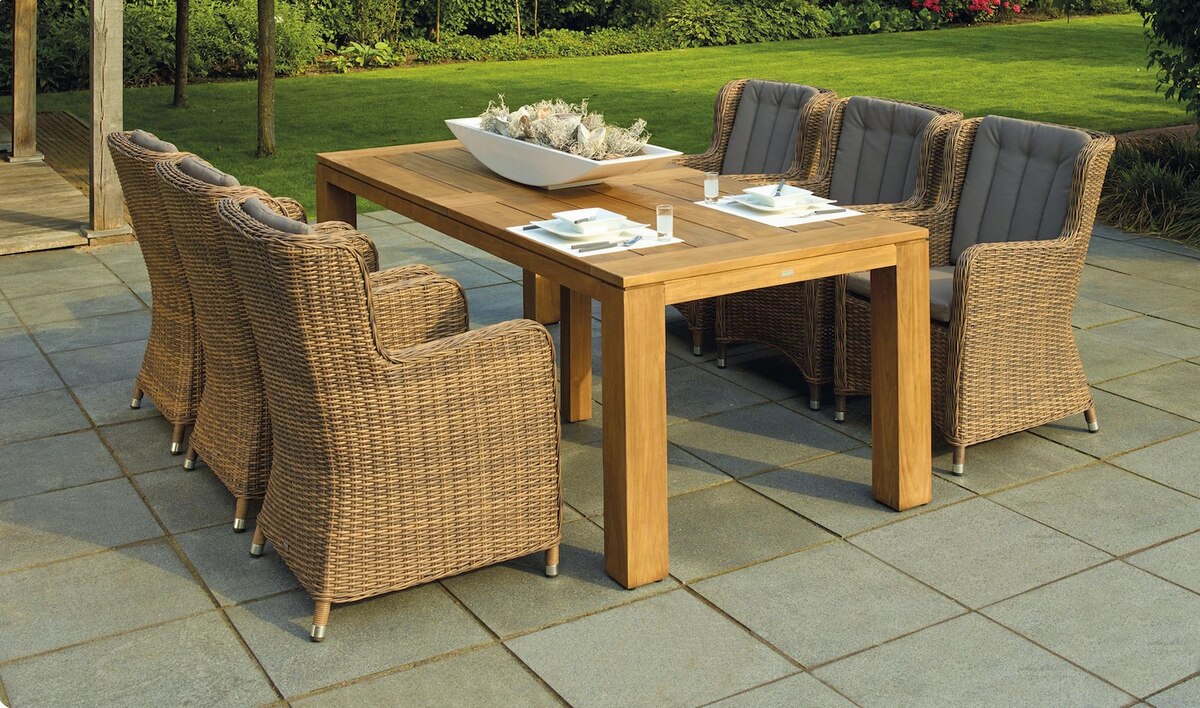
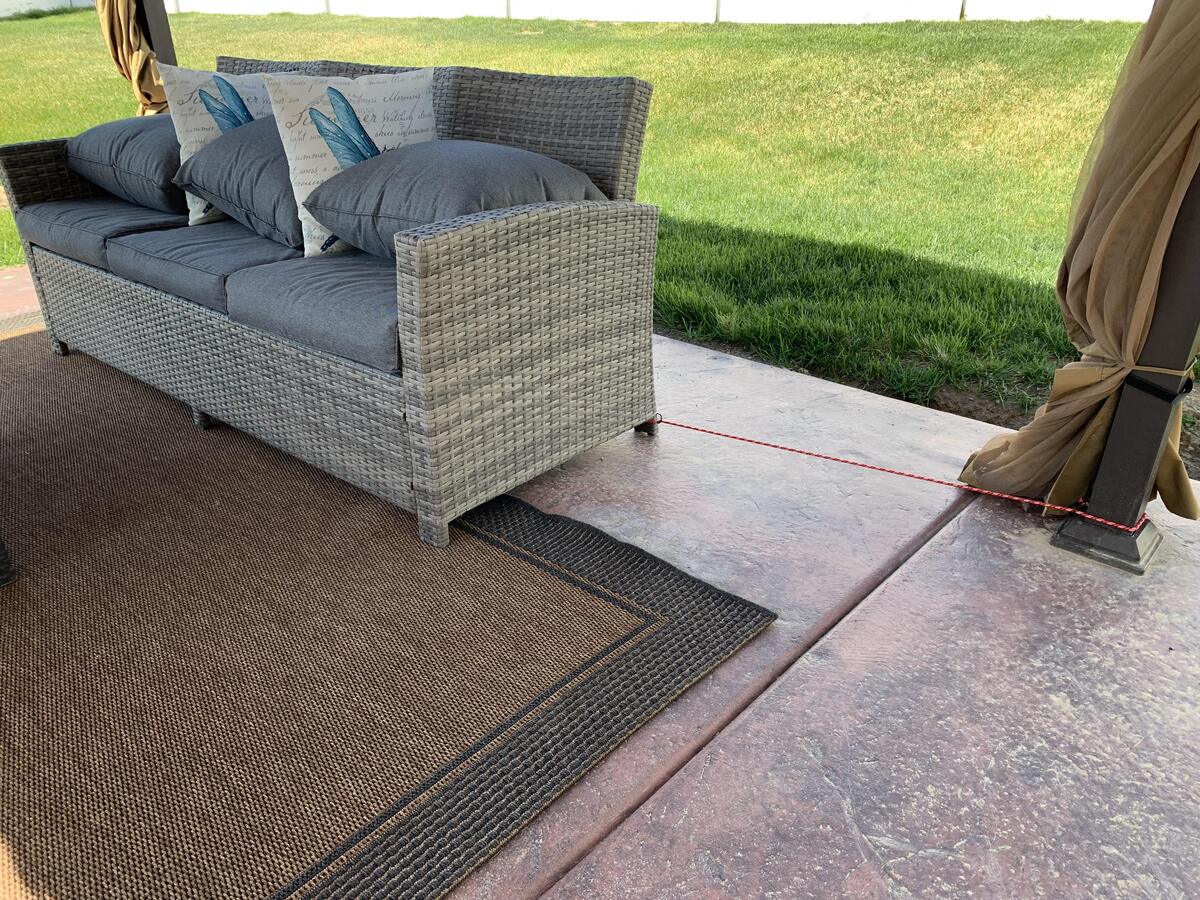
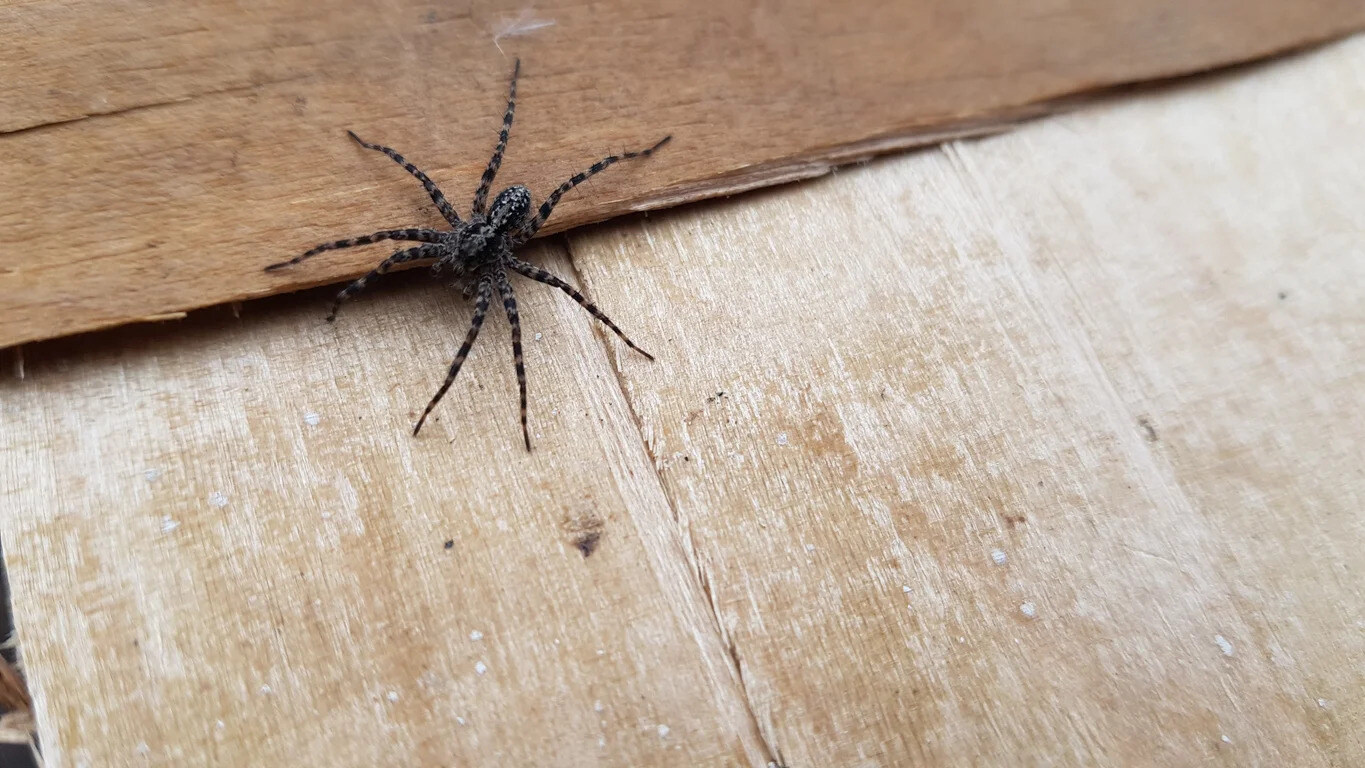
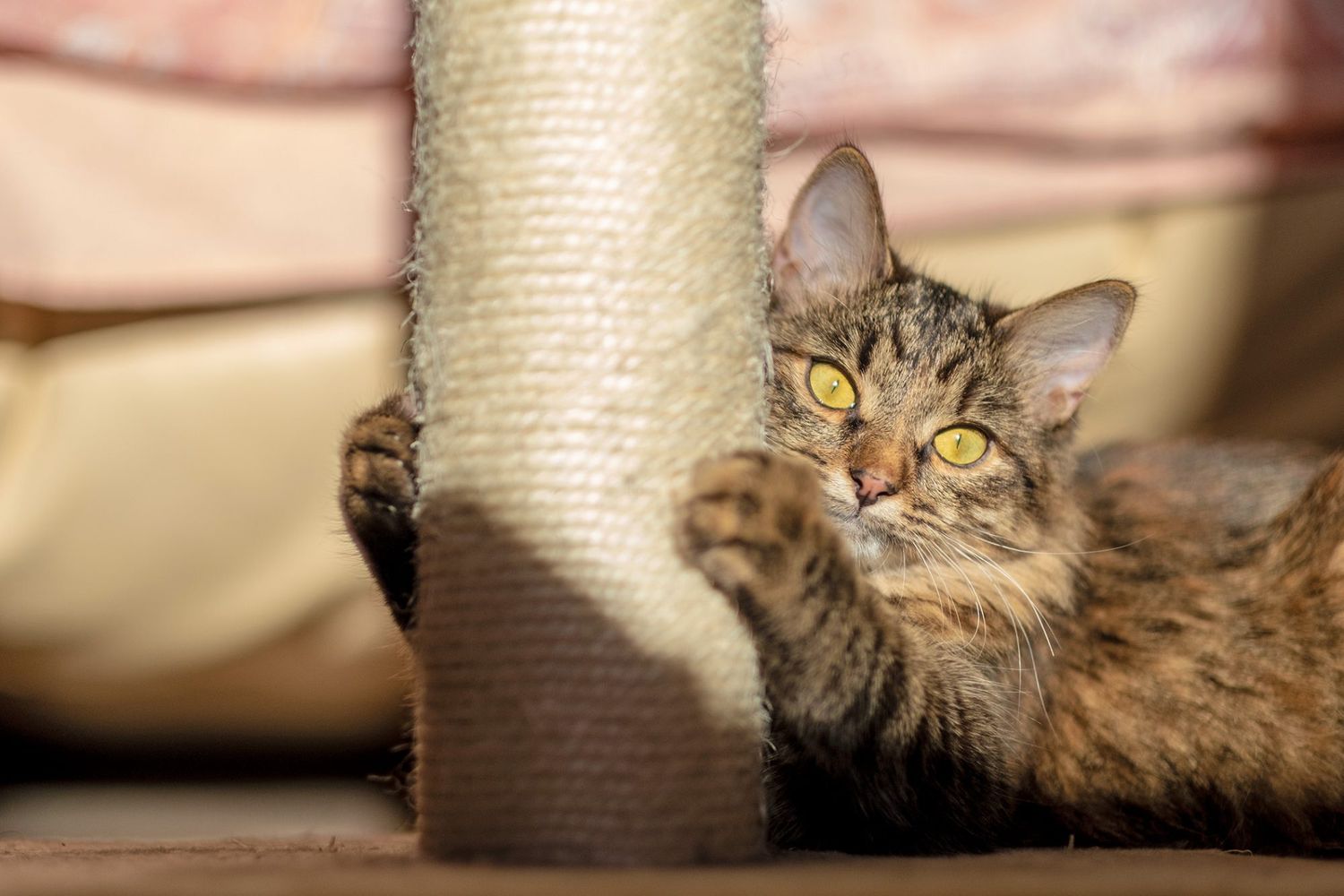
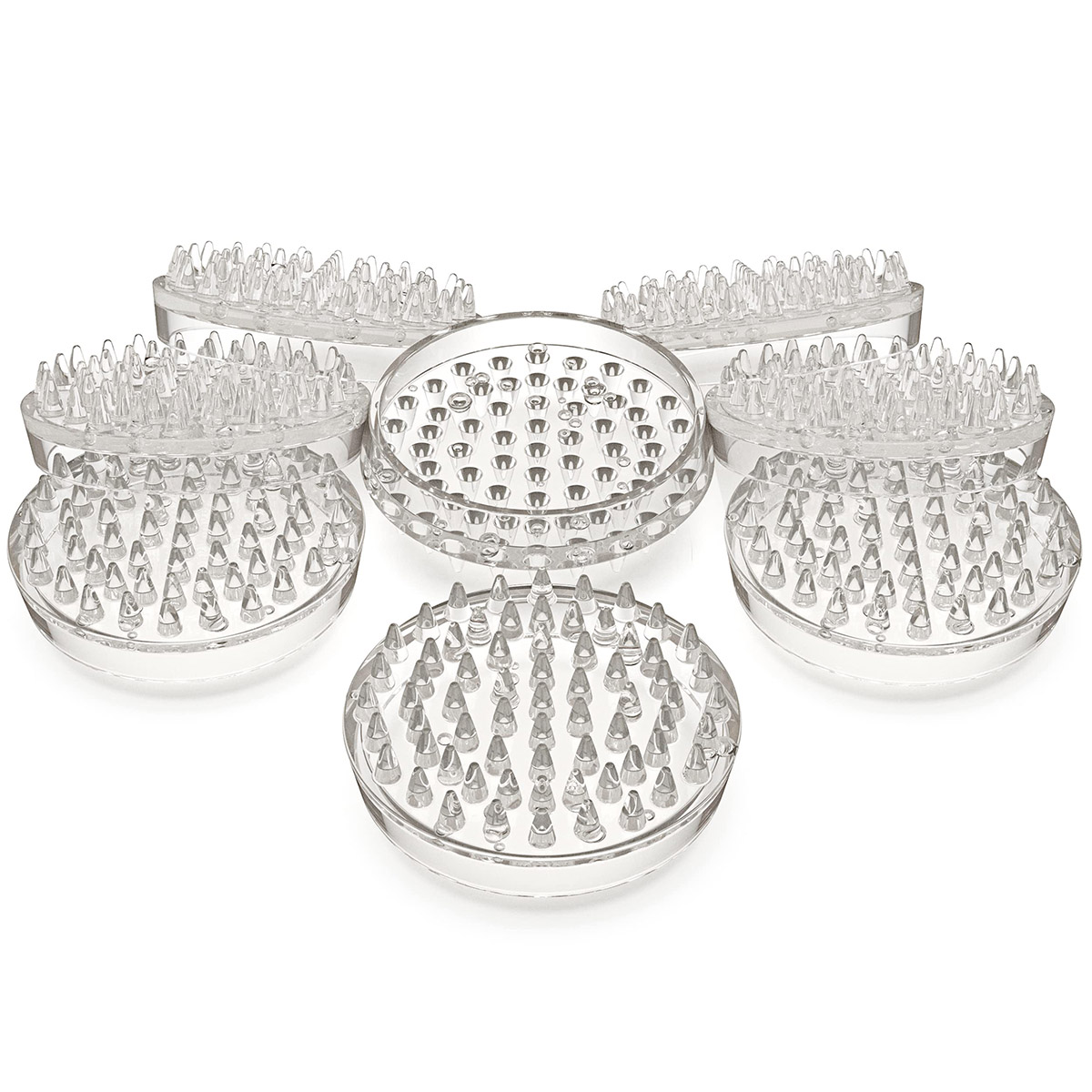
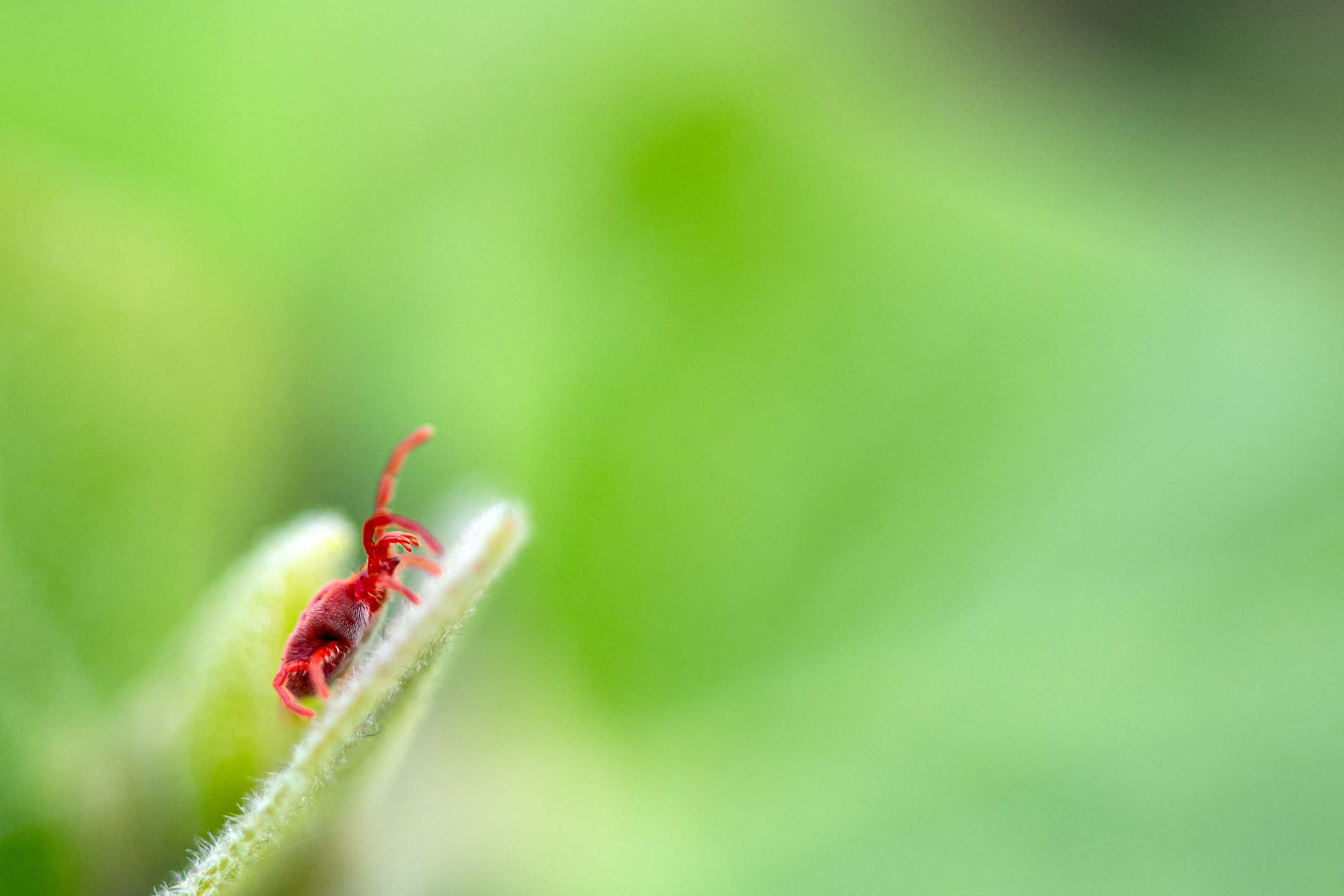
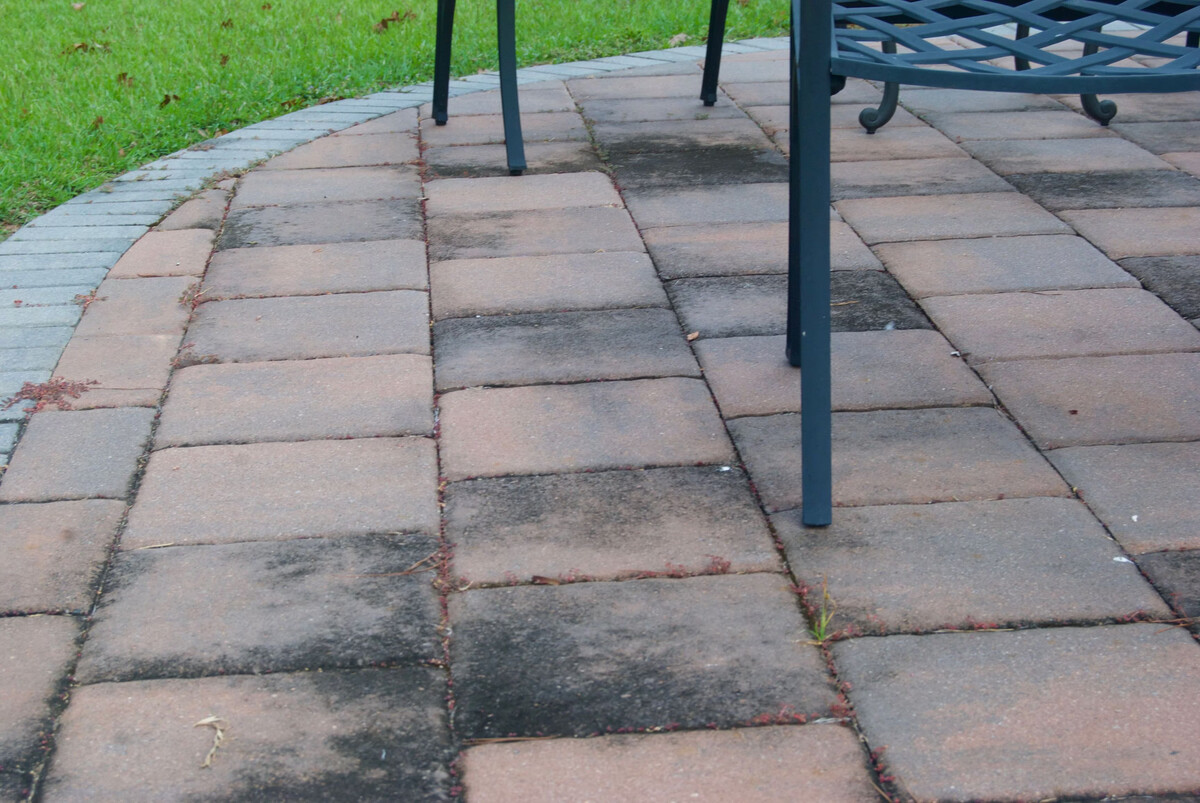
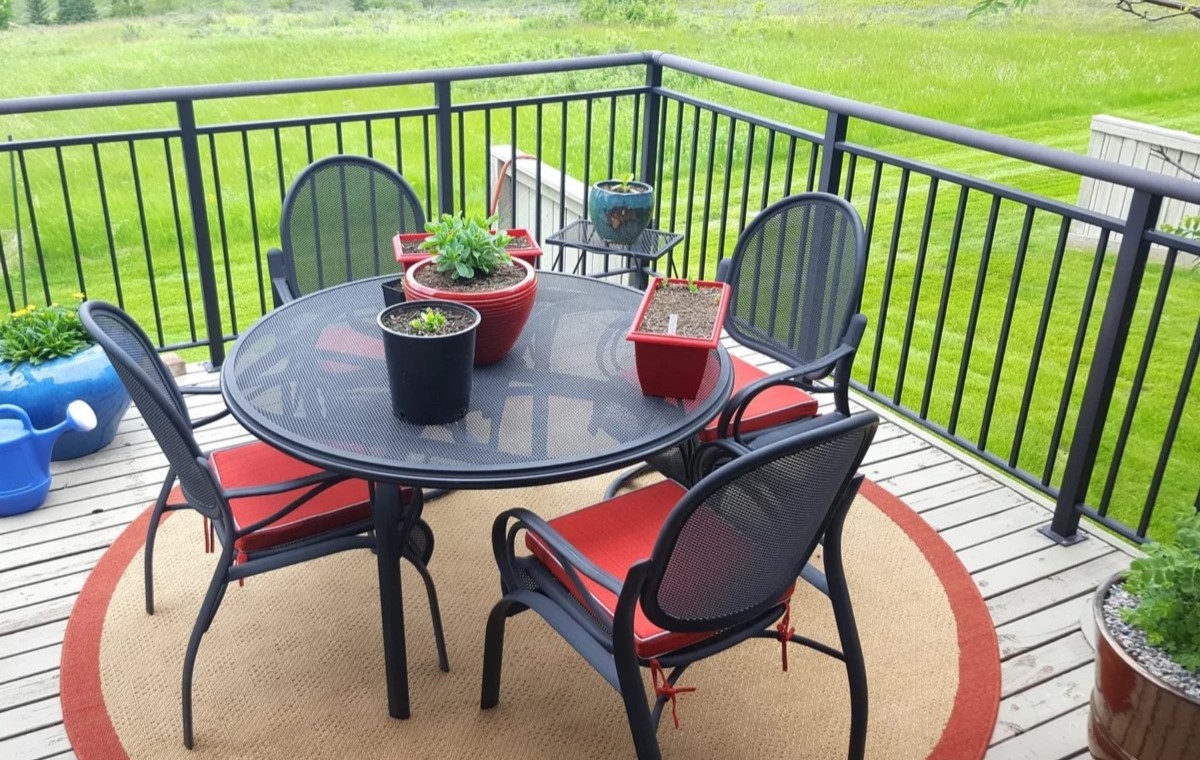
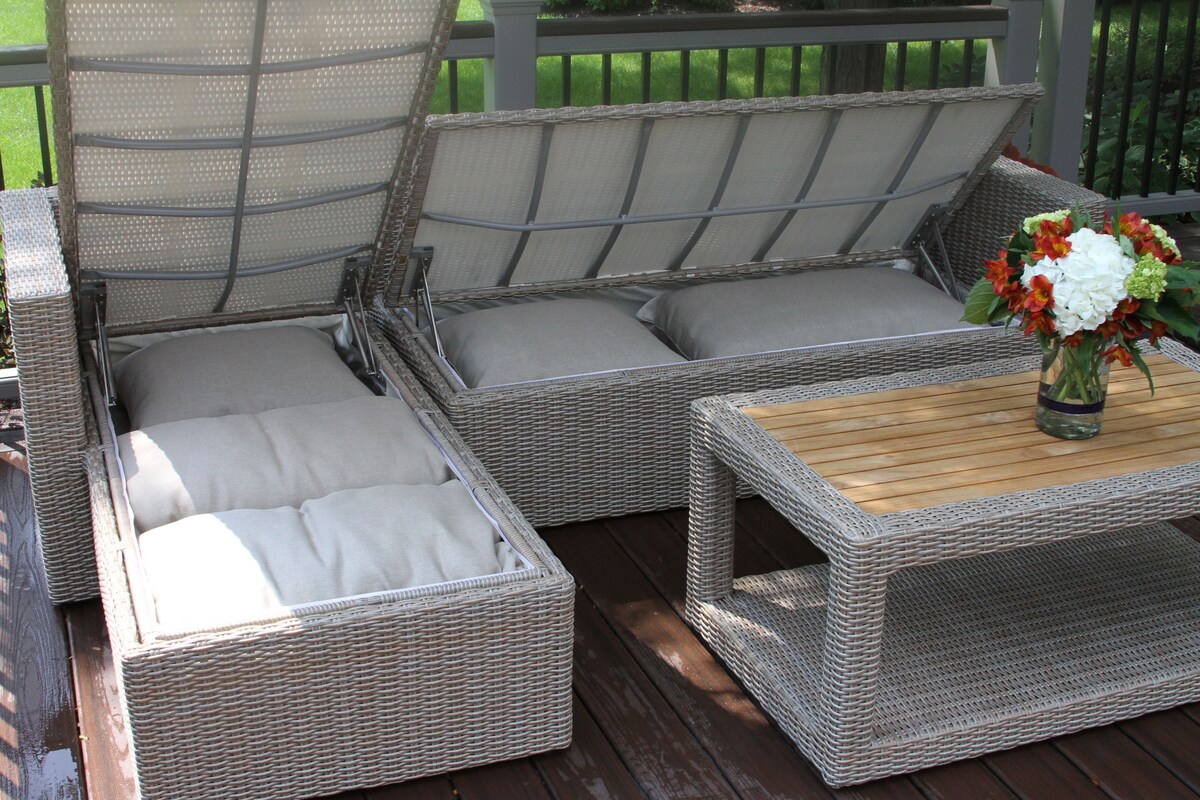
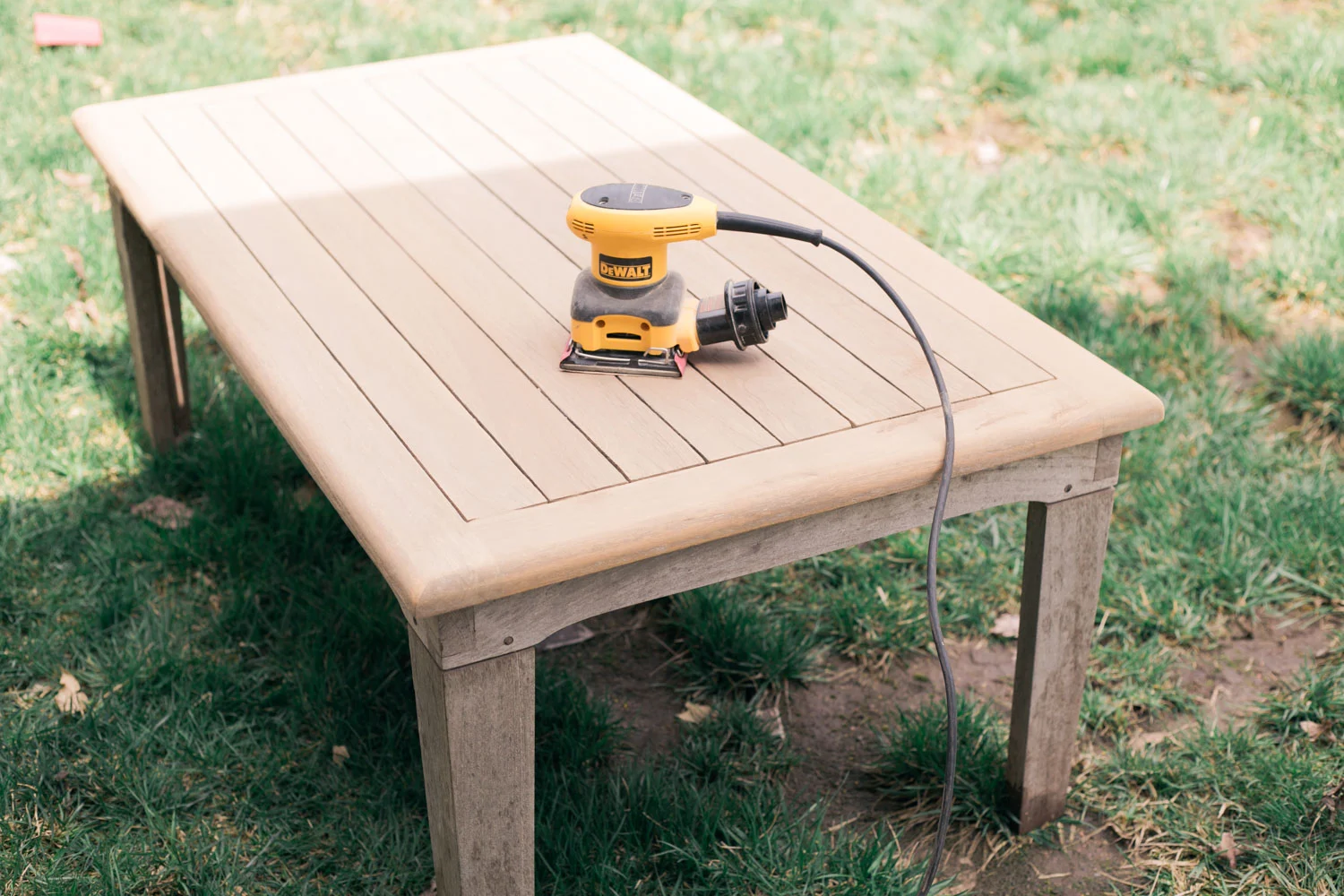
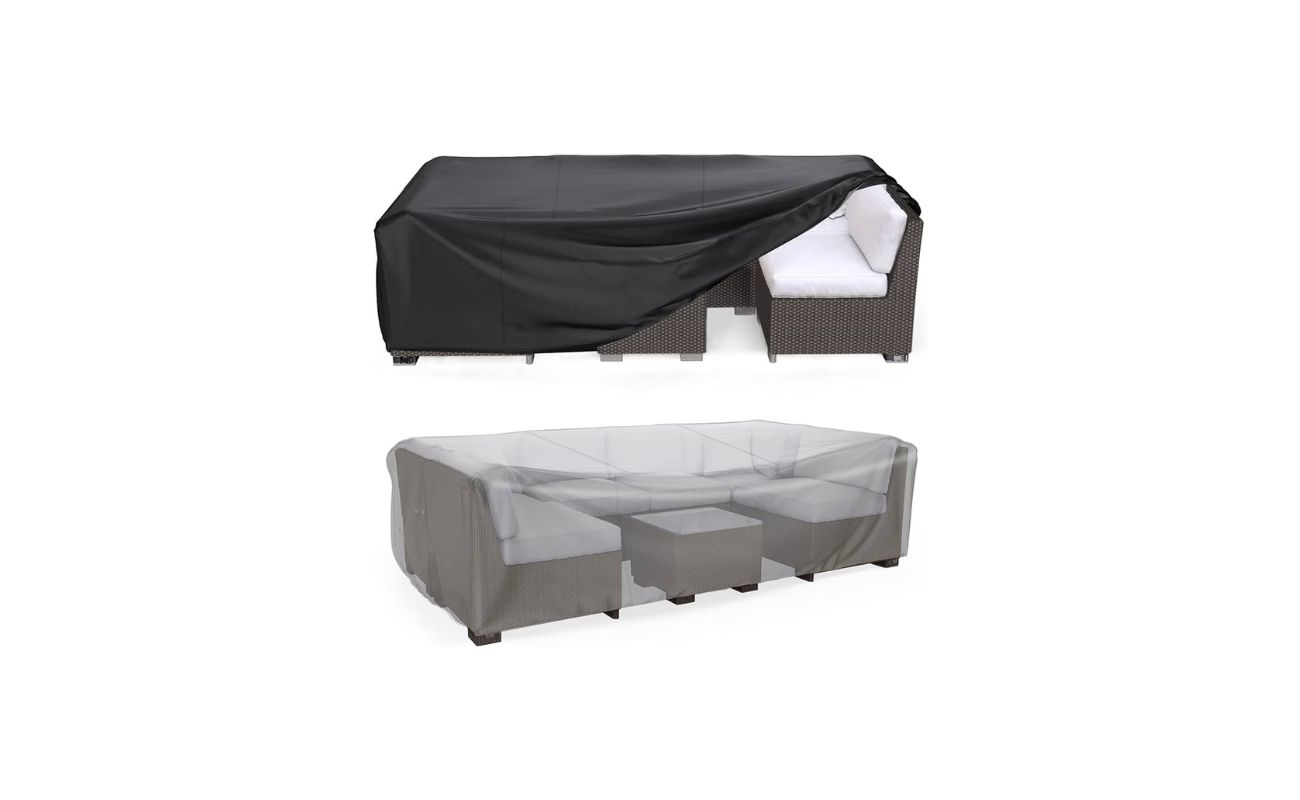
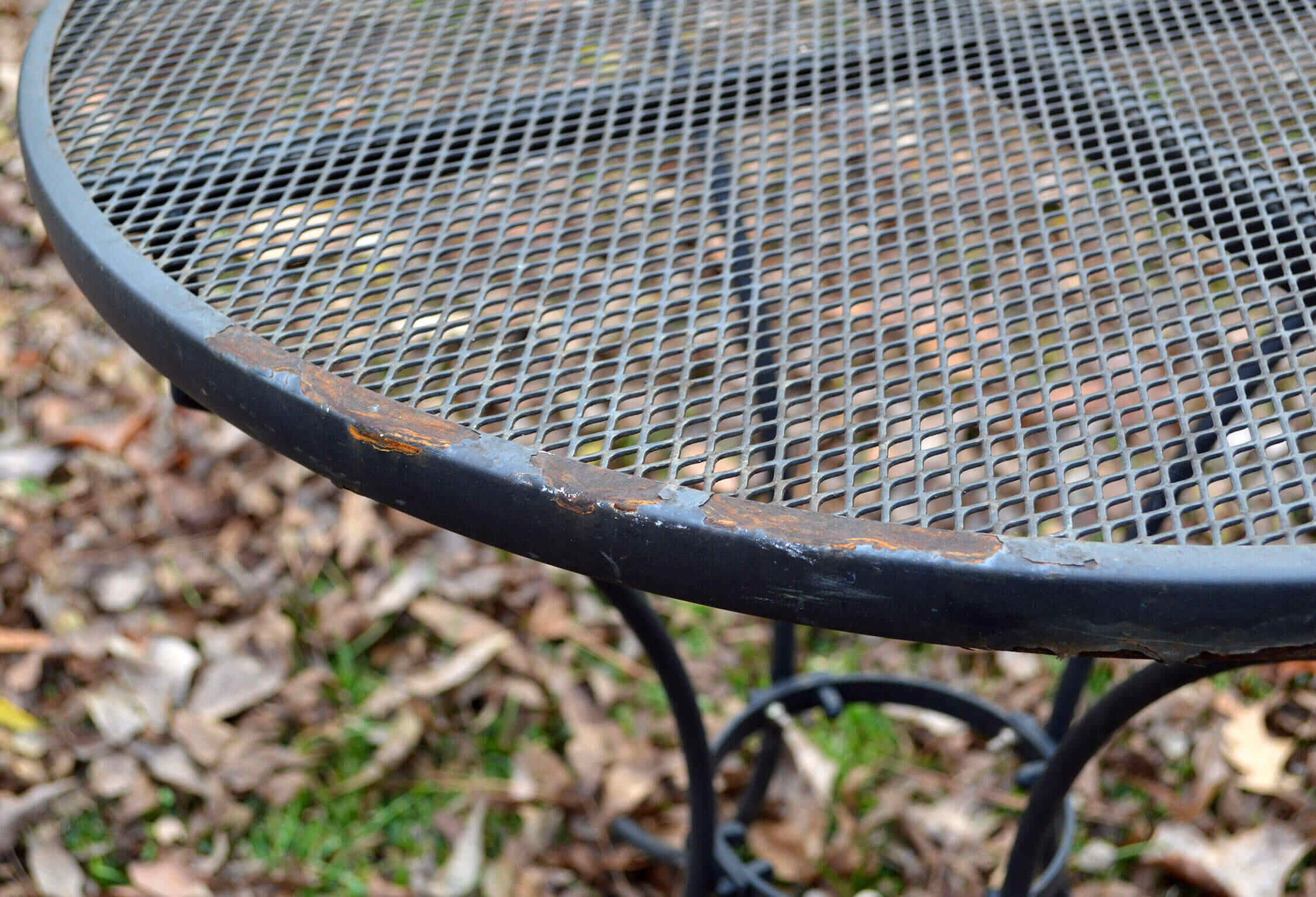
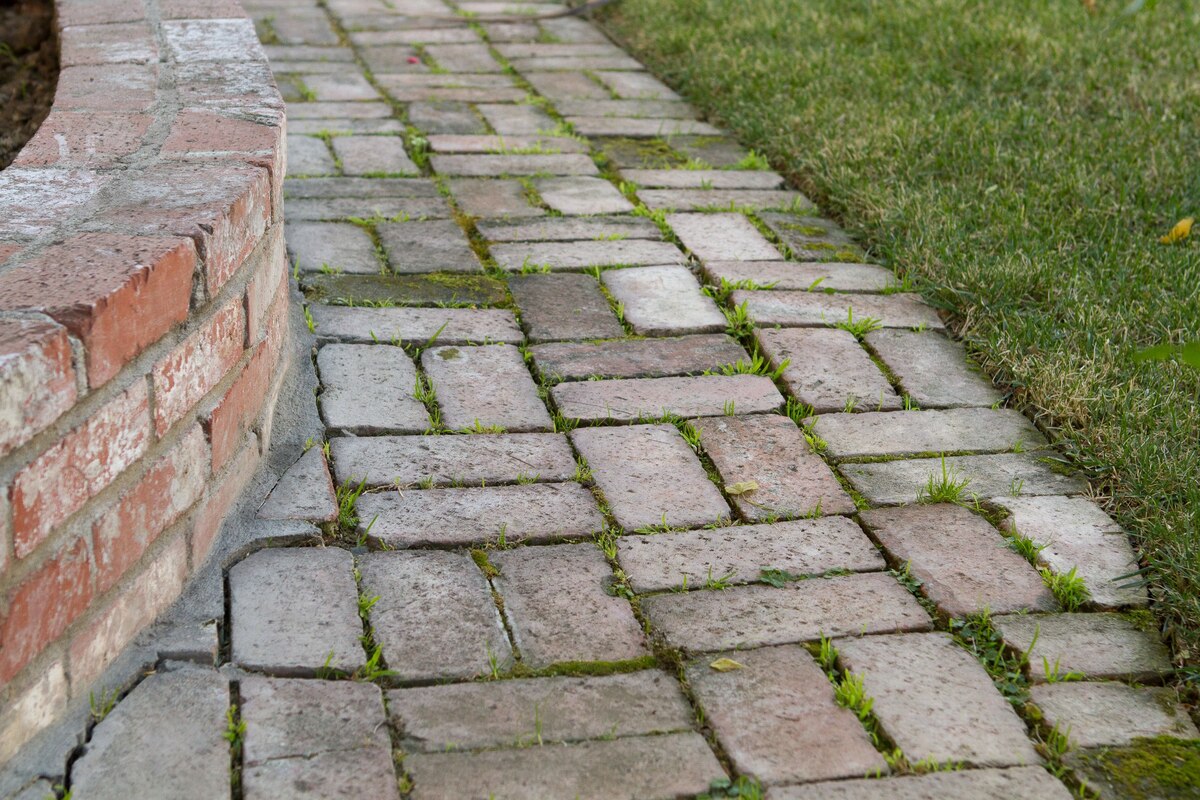
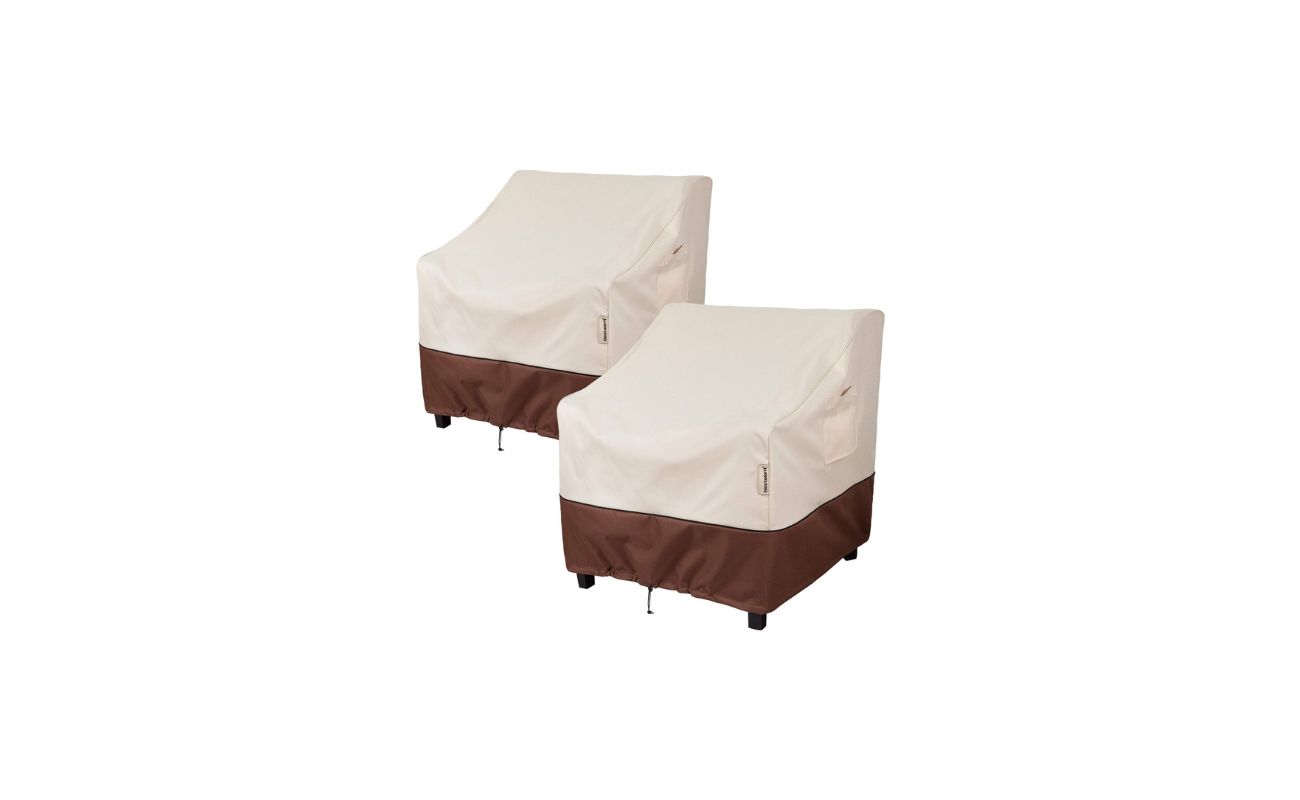

0 thoughts on “How To Prevent Spiders On Patio Furniture”